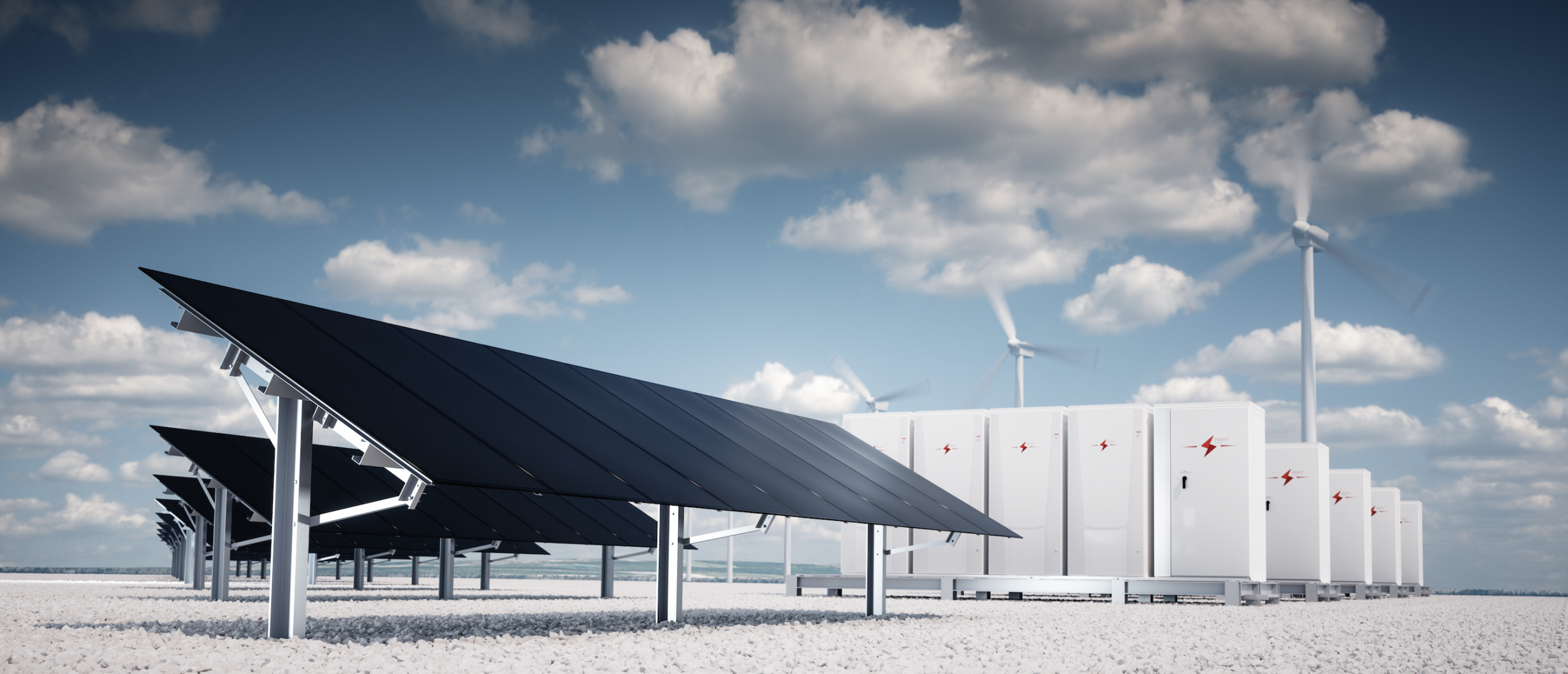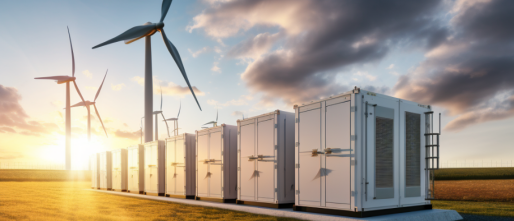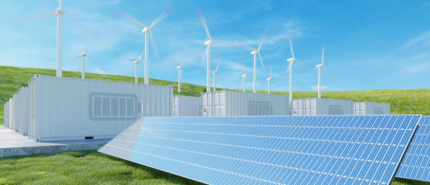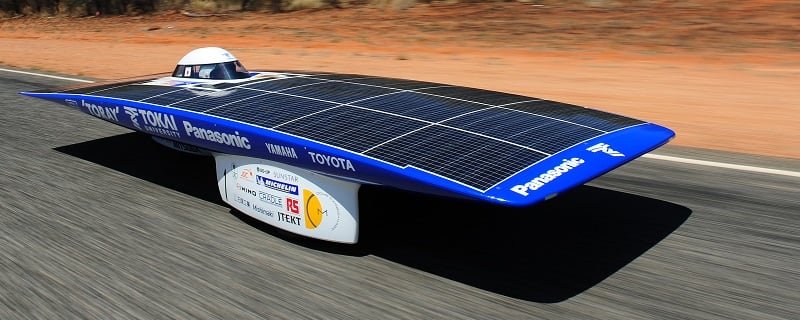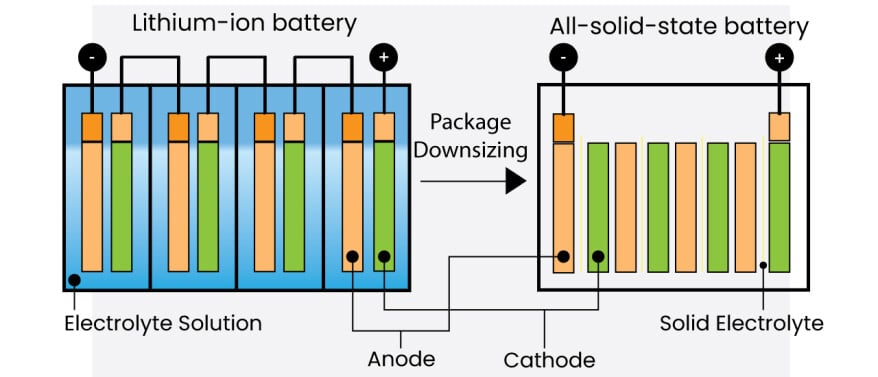On January 19, 2022, Sinovoltaics together with AGreatE and EZ Renewable hosted a webinar on energy storage: "Energy Storage Market, Applications, and ESS Factory Audits." This article provides a summary of the key points covered in the webinar. To rewatch the webinar, click the link here.

Assessment of the Lithium-Ion Battery Manufacturers
When looking at the suppliers worldwide, it is important to observe the critical aspects of that supplier and do your business accordingly.
Here are the key aspects to look for in the Lithium-Ion Batteries manufacturers.
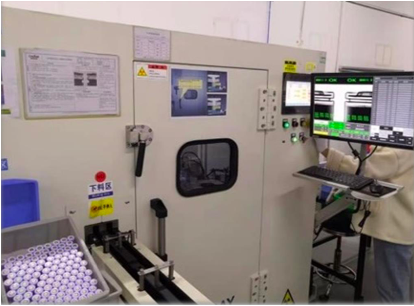
1. System and Product Standards Qualifications
System and product standards qualifications are necessary when auditing the ESS factory.
The system must match the quality defined by the ISO. When auditing the ESS factory, it is essential to check the product manufacturing, equipment setup, and product standards whether the factory implements the basic rules defined for quality products or not.
Moreover, the audit refers to the safety standards as well. Some factories follow safety standards and produce CB-certified batteries with a proper manufacturing setup. In simple words, you need to ensure your supplier and all its products meet the international quality, product design, and safety standards.
2. Management System Implementation
After the system and product standard, the subsequent essential point to focus on is the management system implementation. Whether the supplier has followed the ISO guidelines for quality management, environmental management, occupational safety, etc.
It is precisely crucial for the quality of product production and the safety of the workers during the process.
3. Quality Control
Quality control is a critical step in auditing the Lithium batteries manufacturers. At the quality control, you need to check different quality controls like:
· Incoming material quality control
· Process Quality Control
· Final Quality Control
· Outgoing Quality Control
· In-Process Quality Control
The primary reason behind the quality control scrutinization is to determine whether the factory has all the quality checks. Either something is missing that is affecting the quality standards or not.
4. Manufacturing Process
The manufacturing process refers to the settings of the product production process. Since we are auditing the quality suppliers of Lithium-Ion batteries, we need to discern the step-by-step process of the production. It is a chain of beads that ensures how the system and product manufacturing are working out there.
There are many advantages of auditing the manufacturing process.
· It can help us check the quality of products in a better way.
· We can recognize the working process and how the company is ensuring quality control.
· Quality checks, management implementation, and safety hazards all become evident.
5. Equipment Set-up
Equipment setup takes to numerous ways to analyze the system. In equipment setup, we check the calibration, maintenance, and proper setup of structural and measurement equipment. Again, it leads us to the quality control and production setup.
Furthermore, we can understand many takeaways from this process. For example, the production setup, how the company determines the quality setup, and whether everything is in the right place. We can analyze whether they have experts to manage all the equipment and measure the ratios of the material to produce, pack, and export the Lithium-Ion batteries.
Energy Storage Market Outlook 2030
Before directly explaining the Energy Storage market, we should answer a crucial question. Here are these:
Are Lithium-Ion Batteries the only solution to overcome Renewable Energy Intermittency?
The answer is quite simple that Lithium-Ion batteries are just a way to accomplish but don't overcome the Renewable Energy problems completely. There are other ways like; Hydrogen and Synthetic Natural Gas systems that have the highest contributions to Renewable Energy. However, Lithium-ion batteries come under Electrochemical energy sources.
Different Types of Lithium Energy Storage Systems:
There are three central storage systems for Lithium energy:
- Home Storage
In-home storage system, you can observe the system containing small inverters with 1-2 battery modules. Usually, the energy range is 1kWh to 20kWh.
- Commercial and Industrial Storage
It is a bigger unit than the home storage system. This system comprises small containers for the power conversion system (PCS) and batteries. Here, the power revolves around 50kWh to 800kWh.
- Grid Storage
In Grid storage, 20 to 40 feet big containers are employed for PCS and Batteries. The power range is more than one-megawatt hour.
Market Statistics of Lithium Energy Storage from 2020-2030
From 2020 to 2022, there has been an exponential increase in the global energy storage capacity. It is expected to reach one terawatts hour by 2030.
Different regions in the world have contributed a lot to the energy storage system.
- North American Regions have contributed 40%.
- Asia Pacific region has 1/3rd of the total contribution.
- European areas have 1/4th of the fundamental contribution.
Lithium-Ion Battery Cells Production Capacity 2020 Vs. 2030:
As already highlighted, there has been an exponential rise in the energy storage system.
In 2020, total Lithium-Ion energy storage and production were around 475 Gigawatt hours. Here is how the division of the power from different regions:
- European countries have produced 60 GWh in 2020.
- North America has developed the 45 GWh in 2020.
- In 2020, the Asia Pacific region contributed a significant portion of Lithium battery capacity production and storage to 370 GWh.
The total energy production roughly becomes 475 GWh.
In 2030, it is expected to increase:
- Six times the 2020 battery production in North America.
- Sixteen times 2020 battery production in European countries.
- Four times 2020 battery production in the Asia Pacific.
The total energy production in 2030 is expected to reach 1 TWh, which is seven times of energy production in 2020. It is how exactly the overall market statistics are expected to arrive by 2030.
ESS APPLICATION— Electric Cars and Transportation System
ESS applications are quite diverse, covering many aspects of transportation nowadays. You might have heard of Electric Cars presently. Electrical energy is a fundamental requirement for Electric cars. Now, the question is whether we are producing enough electricity. Moreover, what are the resources of electricity for electric vehicles? Here we go to the details:
Stats About Electricity Production and Usage in US and China
Taking up this concept, we can explore some of the statistics for using non-renewable energy resources for electricity production in the US and China.
The primary source of electricity in the US has been petroleum products comprising 37%, while natural gas is the second number with 32% contributions.
Compared to the US, China relies on coal for electricity production. Coal has produced around 58% of electricity, while petroleum products have contributed 20%.
Green and renewable energy resources are way better than non-renewable resources as they can be regenerated. Moreover, the statistics exhibit; that using petroleum products can decrease the overall efficiency of your electric cars.
Safe and Cleanest Energy Resources:
There have been a lot of discussions about the cleanest and safest energy resources. Usually, the sources that cause less pollution and have lower health risks are no doubt the safest energy resources.
So, we have a list of resources from top to bottom in terms of safety.
- Solar Energy
- Wind Power
- Nuclear Energy
- Hydropower
- Biomass
- Natural Gas
- Oil, including petroleum products
- Coal
Electric Vehicles Electricity Demand by 2050:
Since EVs rely on electricity, there will be an exponential increase in the number of electric vehicles. This is not going to happen overnight. So, we have estimated the data for the electricity requirements from the EV perspective.
- There will be 5000 TWh electricity requirements for the EVs by 2050.
- 8500 TWh will be the requirement of electricity globally by 2050.
There can be variations in the above estimate depending on how fast we progress in terms of EVs transition and its implementation in the transportation system.
Two Ways ESS Can Support The Electric Vehicles Charging
The energy storage system can support electric vehicle charging fundamentally, including Grid support and Off-Grid Support.
1. Grid Support
Grid stations can provide electric vehicle charging. Many issues might arise with the increasing development and number of vehicles.
Grid support can resolve the issues coming in electric vehicle charging. It can support by setting up the scheduled system for charging. For example, when there are specific hours with the high charges for EVs charging on the ESS centers. It has two advantages. Return on profit will increase, and no issues will arise when supporting the charging.
Grid support can help by voltage and frequency support in DC charging. At multiple times, there are issues with the frequency and voltage. So, grid support can unravel this problem effectively.
Everything is not going to happen right away! These are the perspective measures for the future.
2. Off-Grid Support
Off-Grid support involves renewable energy and appropriate options without employing the ESS grid stations. So, there are two ways to achieve support without grids.
- We procured electricity from renewable energy resources like Wind Energy, Solar Energy, and Biomass.
- EVs can be charged by providing the ESS capability to EV charging stations without grids in remote locations.
EV Charging System and Requirements
To charge an electric vehicle, you need to operate the chargers. So, there are different types of AC and DC chargers. Usually, DC chargers are faster than AC and provide more support.
- AC Chargers
In AC chargers, there are two levels of charging operation. Level 1 Stations are usually slow and take more time. Nowadays, most stations are level 2.
However, level 1 employs the power of 1.4kW, while level 2 has power above that level, comprising 3kW, 7.2kW, and 22kW.
Level 1 charging takes 2,400 minutes to charge an electric vehicle, while level 2 with 7.2kW takes approximately 500 minutes.
- DC charging system
DC charging is a fast and revolutionary system to charge cars within a short period. A 150kW power charging system takes approximately 25 minutes.
Just compare the stats with the AC system, and you can understand why the DC system is better than the AC.
Our Solution for EV Charging Stations
We have put the solutions where load balances the generation and storage.
PBC— All in one solution for EV charging
PBC stands for PV BESS Charging.
PV stands for Photovoltaic System or Solar power.
BESS standards for LFP Lithium Battery ESS.
A complete charging connection system will be:
- Our BESS system will be connected to the PV system for the power storage that later can be used for the charging of the electric vehicles.
- Then, the power station will charge the Electric vehicles with the electrical energy stored by using the inverters to convert the Solar power into electricity.
Isn't it a 100% renewable energy resource? It is the primary goal of our PBC system.
PBC Charging System Characteristics
We have developed the different charging systems on the level 2 stations with PBC charging solutions. Since customers park their cars and go shopping, watch movies, and do other tasks.
In the meantime, it becomes easy to charge the electric vehicles at level 2 stations with appropriate charging options.
3.6kW power AC charger consumes 16 hours to charge, 7.2kW takes 8 hours, and 22kW takes 2.6 hours. So, it depends on the customer's need to employ the appropriate charging option.
Target PBC Locations
Location is quite a crucial aspect to choose. If a customer goes to a shopping center, it might take some time, and meanwhile, the electric vehicle can charge. So, here are valued target locations for the PBC charging system installation.
- Office Building Parking Areas
- Shopping Center
- Park and Recreation Areas
- Commercial/Industrial Centers
- EV Dealerships
- Paid Parking Lots
- Schools and Higher Learning facilities
Benefits of PBC System
PBC system provides a solution for EV charging anywhere. It can be installed wherever you want with renewable energy sources. Here is a quick overview of the benefits.
- Reduces carbon footprints
- Modular and scalable EV charging
- On-Grid and off-Grid EV charging
- Enables EV charging at almost any location
- Clean energy business avenue
PBC Charging Plug Types
PBC charging system has all types of plugs for EVs. Whether you use the Chinese EVs plugs like GB/T, North American J1772, or European plugs.
Even we have different AC and DC charging plugs for all the Tesla Electric Cars. Depending on the customer's needs, car type, and charging time, the PBC system can assist in a better way.

